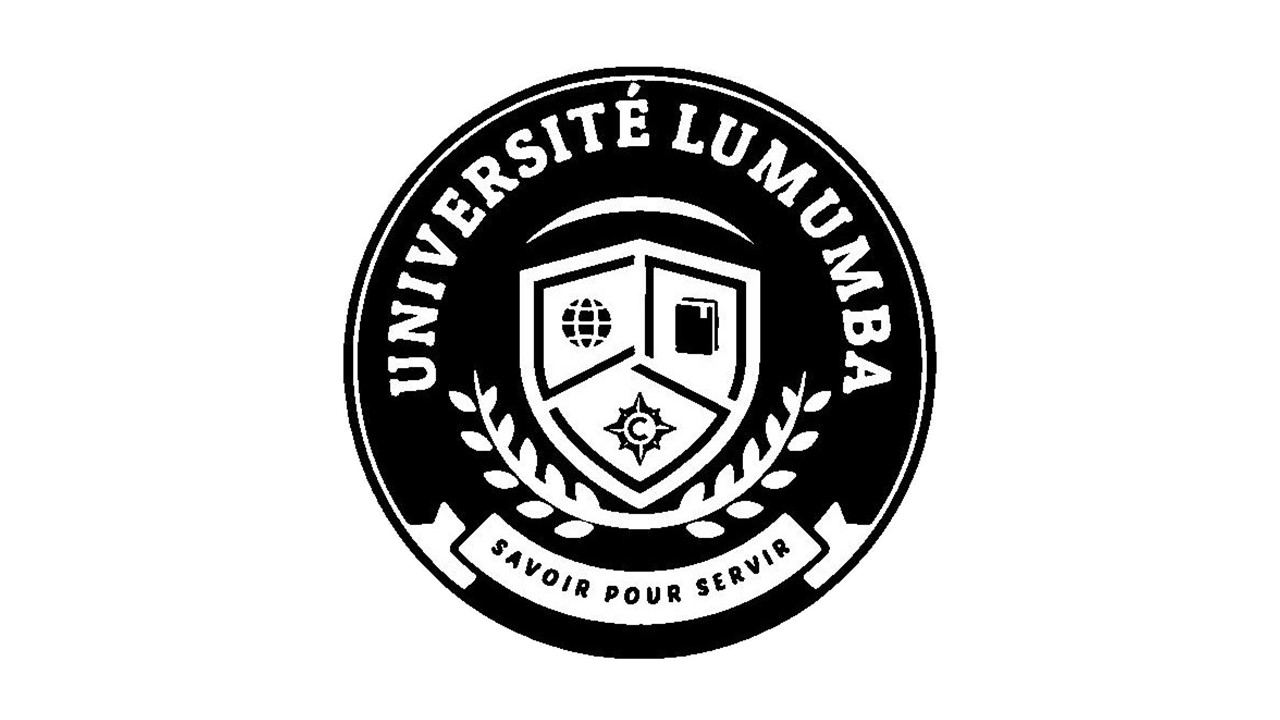Certificate in International Law
Overview
This program provides a comprehensive introduction to the principles and frameworks of international law, preparing students to address global legal challenges. The curriculum begins with foundational courses on public international law, including the roles of treaties, conventions, and international organizations such as the United Nations. Students explore topics such as international human rights law, environmental law, and the laws of war and peace. Practical modules focus on dispute resolution, cross-border legal practices, and compliance with international trade regulations. The program also addresses ethical considerations and the challenges of enforcing international law in a globalized world. A capstone project allows students to analyze a real-world international legal issue and propose actionable solutions.
Professional opportunities:
Graduates of the Certificate in International Law are equipped to navigate legal frameworks in global contexts. Career opportunities include:
- International Legal Consultant: Advise businesses and organizations on compliance with international laws and treaties.
- Human Rights Advocate: Work with NGOs or international organizations to address violations of international human rights laws.
- Environmental Law Specialist: Support global initiatives to enforce environmental treaties and regulations.
- Diplomatic Advisor: Assist governments or international agencies in treaty negotiations and legal disputes.
- Trade and Investment Analyst: Ensure compliance with international trade agreements and investment laws.
- Conflict Resolution Specialist: Mediate and resolve disputes in international or cross-border contexts.
This certificate provides the tools and knowledge to address complex global legal issues, making graduates valuable contributors in international law, diplomacy, and advocacy.
The program curriculum consists of 8 courses (24 credits) and is designed to be completed in 1 year as a full-time student. However, the University provides students with the flexibility to progress at their own pace.
The recommended course sequence from the University
1
| Total Courses | Total Credits |
|---|---|
8 | 24 |
